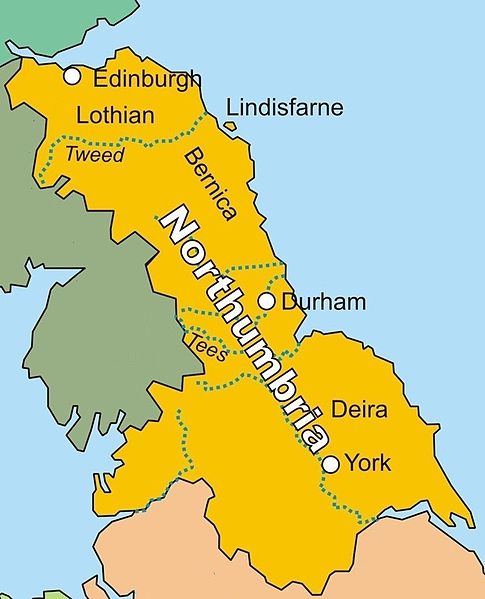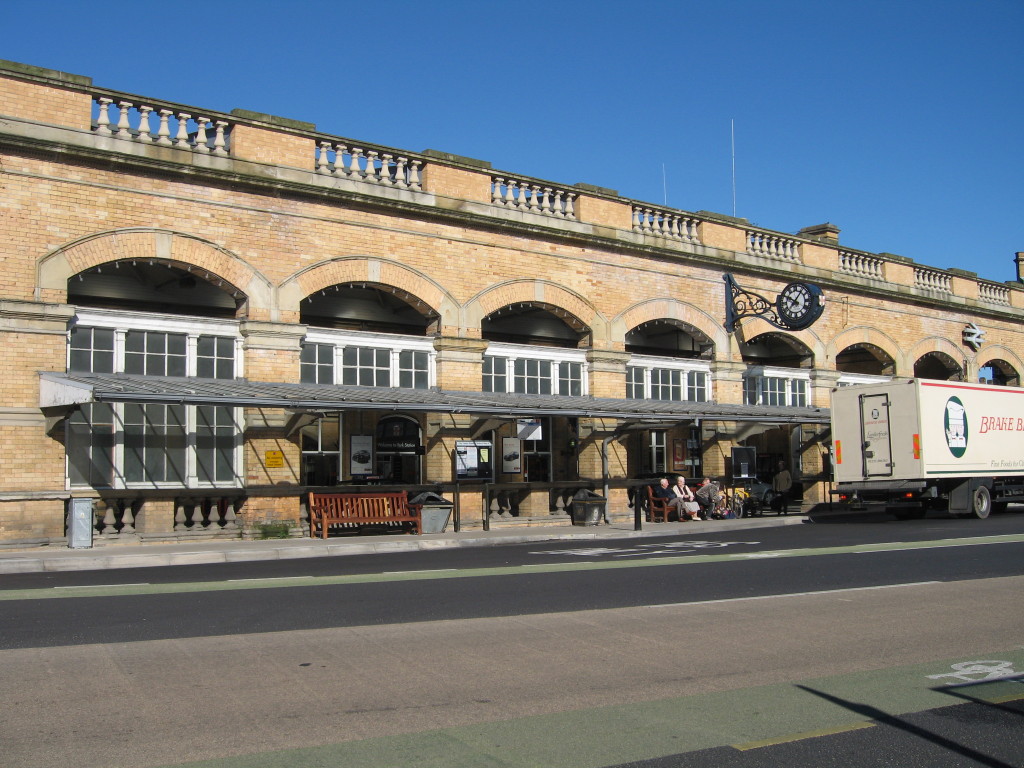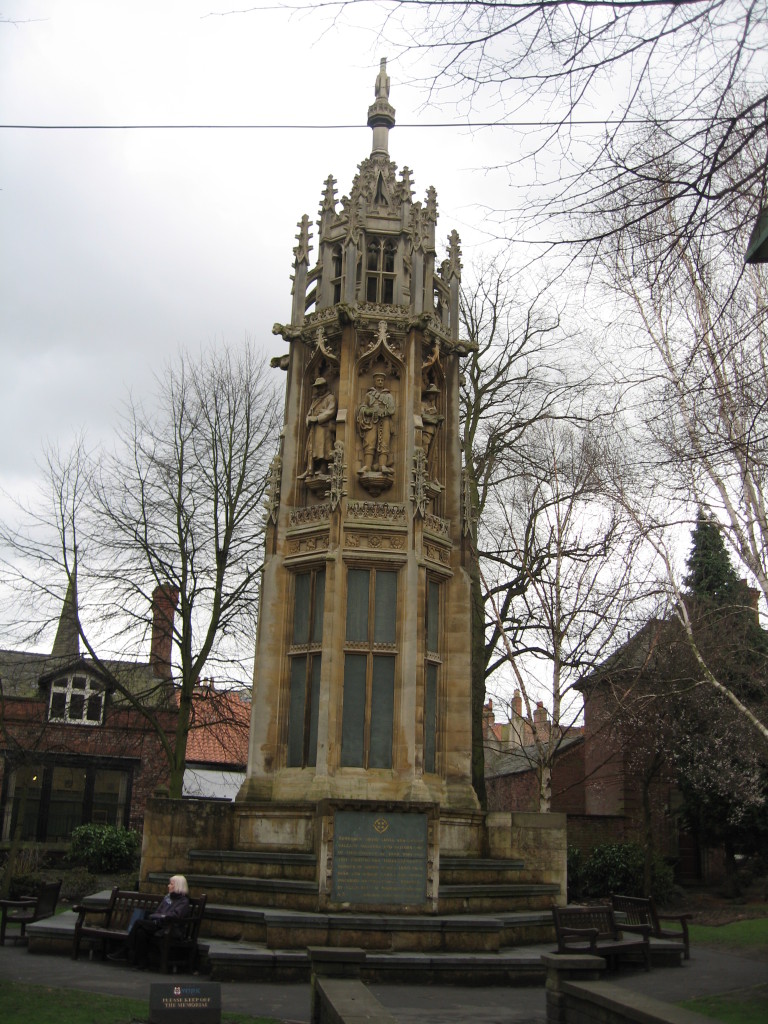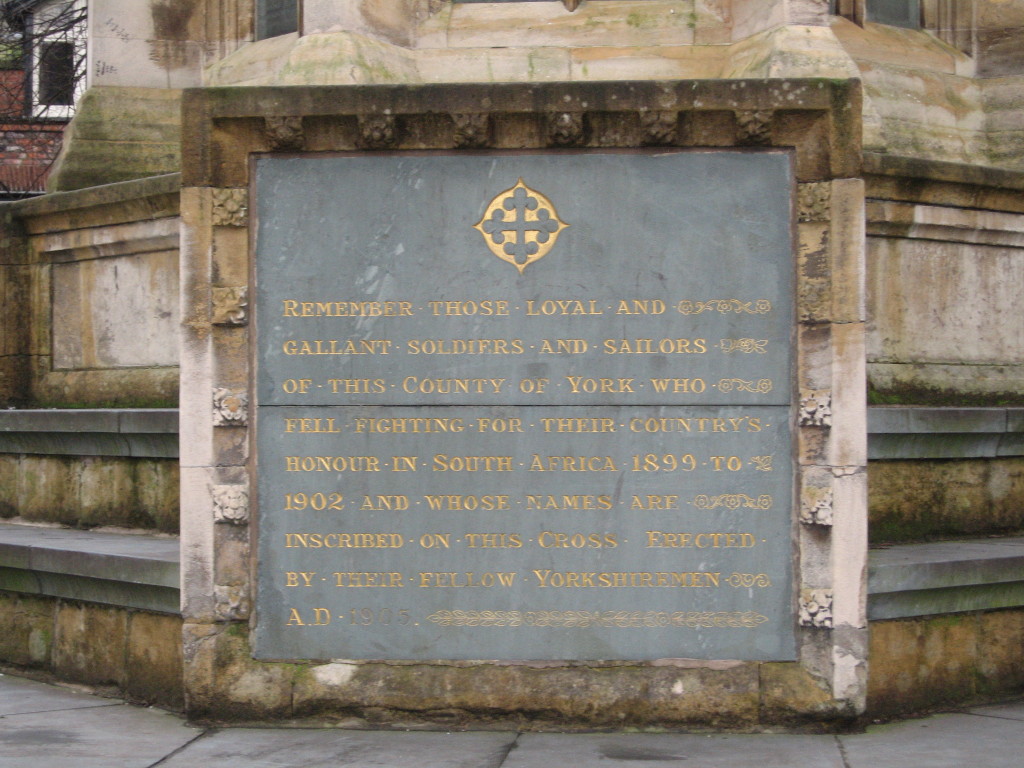In Thursday’s post, Visiting York, Part 1, I promised you Vikings.
York was first captured by Ivar the Boneless and the Great Heathen Army in 866 CE. They controlled the town until the last Viking king was thrown out in the 10th century. The Norsemen called this town Jorvik and if you say the name out loud, it’s clear how the town eventually came to be known as York.
York is located in the southern part of what was then known as Northumbria, a medieval English kingdom in northern England. This northern coast was perfect for Viking invasions, and although we’ve always known of the Viking presence, it still gives historians that tingly feeling when there is a significant new find.
After a factory was demolished in central York, the York Archaeological Trust spent the years 1976-1981 excavating the site. They found well-preserved remains of timber buildings, workshops and animal pens. In the end, they recovered more than 40,000 objects. Then they recreated the site based on their findings and in 1984 opened an interactive museum.
The main attraction of the JORVIK Viking Centre is the time travel tram. Visitors ride a tram through the Norse village created to represent an evening in 975 CE. This includes the sights, sounds and even the smells that would have permeated the village. After that ride through history, there is a gallery of a large number of the artifacts found during the excavation. There are also interactive stations, including one where you can stamp your own Norse coin.
I am a fan of anything that helps children, or adults, understand the value of history. The most difficult thing about history is understanding time. This interactive museum is set in a time over 1,000 years ago, but that’s a difficult concept to grasp. We understand that it’s the past, but to children, it was also the far distant past when we used rotary dial telephones that were connected to the wall.

Walls within walls An interesting section of the city walls between Kings Manor and the Central Library. To the left is the medieval wall sitting on top of the smaller blocks of the Roman Wall. Author: Gordon Hatton
And speaking of walls, throughout history York has been a walled city for fortification purposes. There are remains of walls from the Roman period, the first built in 71 CE, but most of the remaining walls date from the 12th-14th centuries. There is a section of Roman wall across the street from the railway and bus station. We left York for Edinburgh and then returned, and then took bus for a day trip to Whitby, so we spent quite a bit of time around that particular bit of wall that was built almost 2,000 years ago.

York City Walls Viewed from near York Railway station. Built in Roman times, the walls added to and rebuilt over time and now have parts from across the centuries. Originally built as defenses, the focus is now on conservation. Attribution: Paul Gillett
While we visited the major tourist attractions, visiting a town like York that is friendly to walkers allows you to see so much more. Our hostel was a little over a mile from York Minster, and that walk allows you to see many different types of architecture and little bits of history that don’t show up in the guidebooks.
One of those finds was a Boer War memorial that was erected in 1905. This remembrance of a three-year war is inscribed with the name of the Yorkshiremen who died fighting far from home. It’s interesting to note that at the time they erected this monument in 1905, they could not have had any idea of the fighting in their future. World War I started only nine years later.
You don’t have to travel to York to get a feel for history. All towns have a history, and although the history of your town may not stretch back 2,000 years, the history of the area most certainly does. And while it’s great to be able to visit castles and cathedrals, don’t forget the smaller memorials, statues and old buildings.




